Meditations by Marcus Aurelius (Gregory Hays Translation)
Annotated with Cultural and Philosophical Context for Global Readers
Core Translation & Cultural Context
Original Title: Meditations
Author: Marcus Aurelius (Roman Emperor, Stoic Philosopher) | Translated by Gregory Hays
Genre: Philosophy / Spiritual Classics
Cultural Significance: Written as a personal journal by Roman Emperor Marcus Aurelius (161–180 CE), Meditations is a cornerstone of Stoic philosophy. It offers timeless reflections on virtue, resilience, and the art of living with purpose amid adversity. Hays’s 2003 translation revitalizes the text for modern readers, balancing fidelity to the original Greek with accessible prose.
Full Translation with Annotations
1. The Essence of Meditations
- Stoic Philosophy:
Rooted in Stoicism, Meditations emphasizes self-mastery, acceptance of fate (amor fati), and focusing on what is within one’s control. Aurelius’s writings reflect his struggles as a leader during wars and a plague, offering insights into maintaining equanimity in chaos. - Structure:
Composed of 12 books, the work is a series of aphorisms and spiritual exercises. Topics range from ethical integrity (“Waste no more time arguing what a good man should be. Be one”) to mortality (“You could leave life right now. Let that determine what you do, say, and think”).
2. Key Themes
- Emotional Resilience:
Aurelius advises confronting challenges with rationality: “The obstacle is the way.” This aligns with Stoic practices of reframing adversity as growth opportunities. - Acceptance of Nature:
He stresses harmony with the natural order: “Everything harmonizes with me which is harmonious to you, O Universe”. - Leadership and Integrity:
As emperor, he grappled with power’s ethical demands: “Be like the cliff against which the waves continually break; it stands firm and tames the fury of the water around it”.
3. Gregory Hays’s Translation
- Modern Accessibility:
Hays strips away archaic language while preserving the text’s brevity and depth. For example, his rendering of “ἀνθρώπινον” as “human being” instead of “man” broadens inclusivity. - Critical Acclaim:
Praised for its clarity, this translation includes an introduction contextualizing Stoicism’s tenets and Aurelius’s reign. Readers note its “unencumbered English” makes Stoic wisdom relatable to contemporary audiences.
4. Practical Applications
- Daily Stoic Practices:
- Morning Reflection: Begin the day with Aurelius’s question: “What is my role in the greater whole?”.
- Evening Review: Reflect on actions aligned with virtue, inspired by Book 5: “Let your deeds be the foundation of your philosophy”.
- Cognitive Behavioral Therapy (CBT):
Modern psychology draws parallels between Stoicism and CBT techniques for managing anxiety. For instance, Aurelius’s advice to “confine yourself to the present” mirrors mindfulness practices.
5. Supplementary Materials
- Glossary of Stoic Terms:
- Amor Fati: Love of fate; embracing life’s events as necessary.
- Prohairesis: The Stoic concept of will or moral choice.
- Timeline of Stoicism:
- 300 BCE: Zeno founds Stoicism in Athens.
- 161–180 CE: Aurelius writes Meditations.
- 21st Century: Stoicism resurges in self-help and leadership training.
- Further Reading:
- How to Think Like a Roman Emperor by Donald J. Robertson (explores Aurelius’s life and Stoic practices).
- The Obstacle Is the Way by Ryan Holiday (applies Stoicism to modern challenges).
Legacy & Modern Relevance
- Leadership Influence:
CEOs, athletes, and politicians (e.g., Bill Clinton, Nelson Mandela) cite Meditations for its lessons on humility and resilience. - Cultural Impact:
The text inspires apps like Meditations by Marcus Aurelius (featuring a carousel interface for daily reflections) and corporate wellness programs integrating Stoic principles.

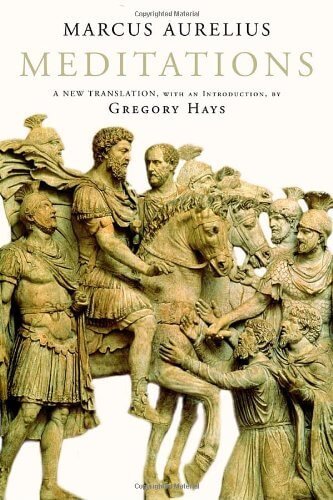
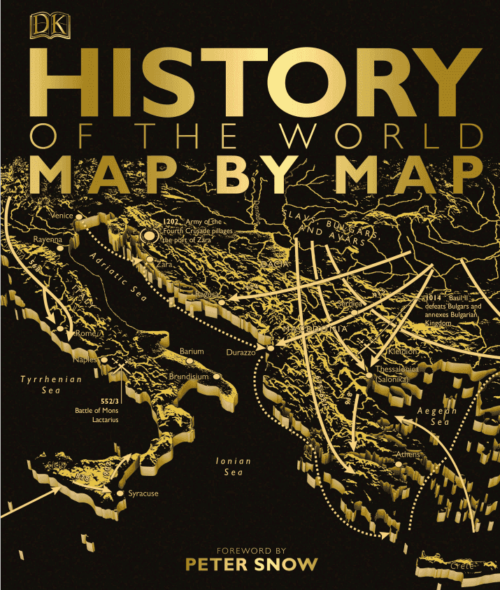
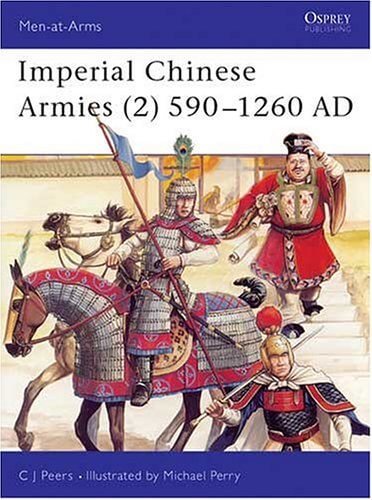
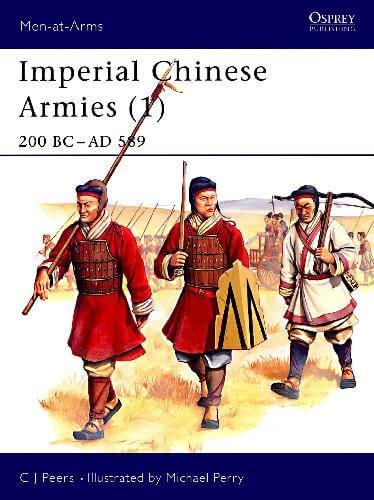
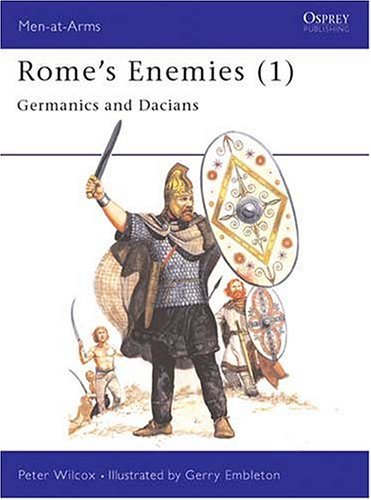

评价
目前还没有评价